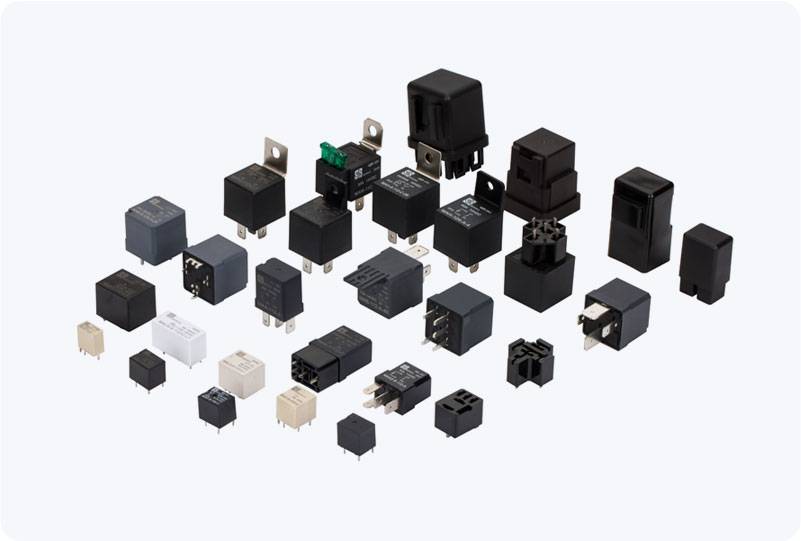understanding the 30a power relay: features, applications, and benefits
Release time:2025-08-24 02:28:42
A 30A Power Relay is a crucial component in various electrical circuits, widely used for controlling high-current devices in automotive, industrial, and residential applications. As a type of electromechanical switch, it enables the operation of devices by allowing a low-power signal to control the switching of higher-power circuits. Understanding how a 30A power relay works and its potential uses can provide insights into its importance in modern electrical systems. This article will explore the features, applications, and benefits of the 30A Power Relay, providing an overview of its role in facilitating safe and efficient electrical control.

What is a 30A Power Relay?
A 30A Power Relay is an electromechanical switch designed to control electrical circuits that require higher current ratings. The "30A" indicates that the relay is rated to handle up to 30 amperes of current, making it suitable for high-power devices. This relay typically operates by using an electromagnetic coil to create a magnetic field when an electric current passes through it. The magnetic field moves a set of contacts, either opening or closing the circuit depending on the relay's design.
Relays like the 30A Power Relay are essential in applications where a small control signal needs to manage a large load, allowing for the efficient operation of systems that would otherwise require direct manual switching.

